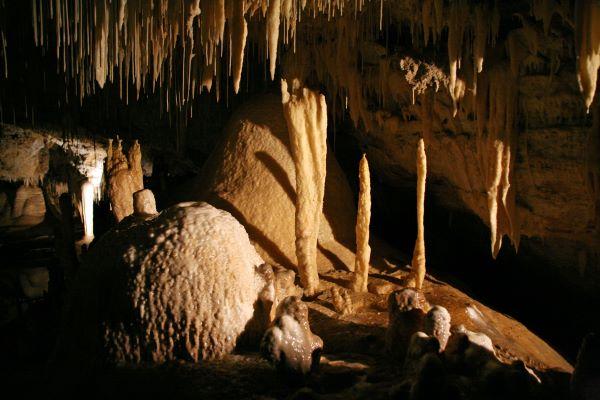A stalagmite from a Western Australian (WA) cave has revealed that prior to European settlement in the state, low-intensity bushfires were quite frequent, whereas, from the late 1800’s infrequent but high-intensity bushfires have become common.
The stalagmite studied was extracted from Yonderup Cave in WA, and preserved a record of climate conditions and fires, enabling researchers to link-local fires with climatic precursors.





